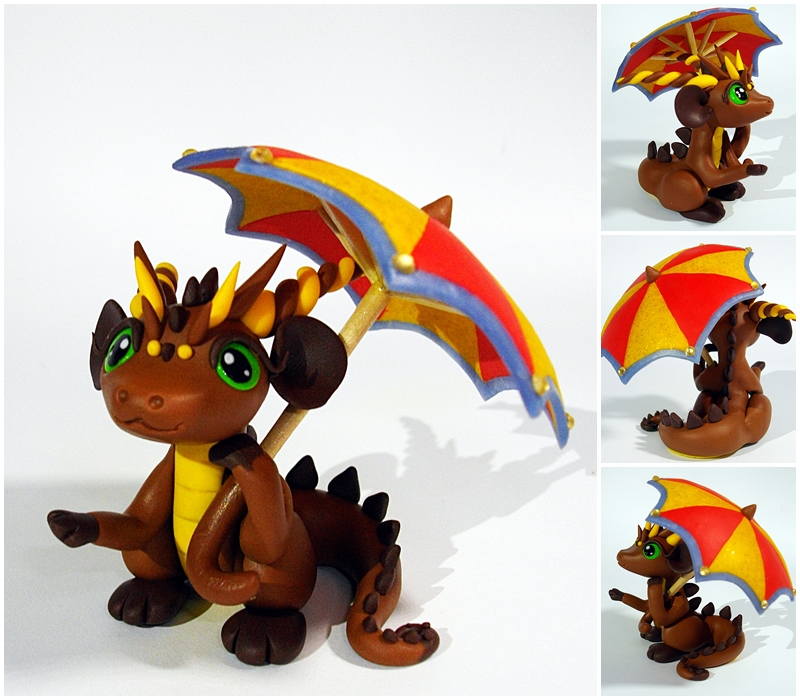edit: I guess I should be clearer on this: the Pyra won't ship with redundant sensors. It's just that the PCB has some extra "slots," so that if the preferred chips become unavailable, production can continue with an alternative without needing a change to the PCB.
The wiki is just out of date. We now have an additional data point: the schematic drawing.
It shows that the main PCB has place for the following sensors:
- BMG160 (measures rotation)
- BMC150 (acceleration & magnetic field)
- BMP180 (pressure & temperature)
- BMP280 (pressure & temperature)
- BNO055 (rotation & acceleration & magnetic field)
- BME280 (pressure & humidity & temperature)
Note that some of these might alias physically or in I2C address, eg. it may not be possible to populate both the BMP180 and the BMP280, but then there's no point to that anyway. I guess having alternatives is a hedge against potential issues like lack of drivers, malfunction, or some chips becoming unobtainable. So a future board could have a BNO055 instead of a BMG160+BMC150, and userspace applications would hardly notice the difference.
According to the schematic, the mobile edition is slated to have a BMG160, a BMC150, and a BME280, but I think we should treat that as preliminary. What I think is going to happen is that when it's time to order these parts for mass production, ED is going look at prices, any problems that came up in testing, etc.,
then decide which chips to get.
As for gas sensing, I guess that's outdated info. Or maybe it's a vocabulary thing and someone thought it's the same as pressure sensing. The
about page lists it, too, but then that was written a long time ago. Bosch has the
BME680 for volatile gas sensing, but it's larger than any of the above, so it would take a change to the PCB to include it.




